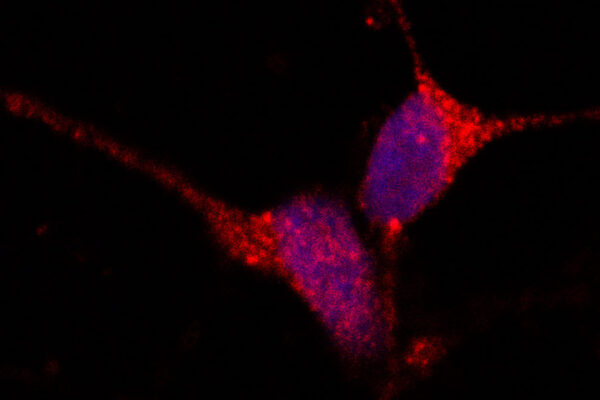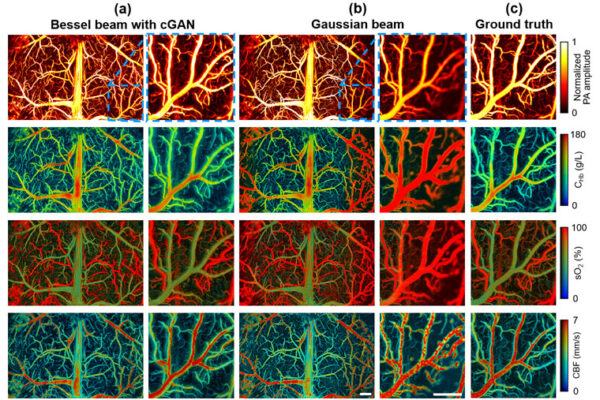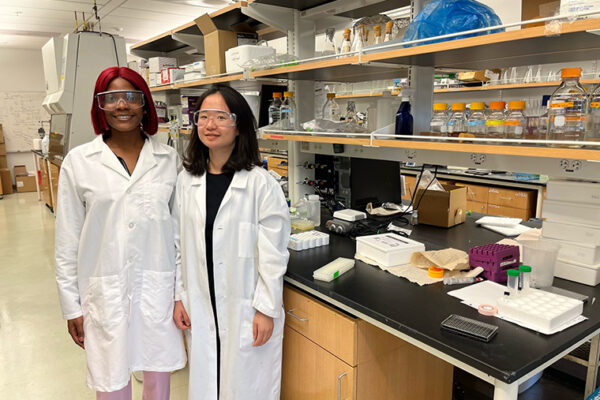
Alzheimer’s disease affects more than 6 million people in the U.S., a number expected to quadruple by 2050 if no cure is found. A hallmark of Alzheimer’s disease is misfolded amyloid deposits in the brain, which can precede the onset of dementia by decades. The effects of the amyloid deposits have long been associated with hippocampal-dependent memory loss, an early and key feature of Alzheimer’s disease; however, the causal relationship between the two remains to be confirmed.
Song Hu, an associate professor of biomedical engineering at the McKelvey School of Engineering at Washington University in St. Louis, and collaborators are working on an advanced imaging solution that may shed light on the mechanisms behind Alzheimer’s disease. They have been awarded a one-year $795,000 grant from the National Institute on Aging, part of the National Institutes of Health (NIH), to develop a bidirectional, fiber-optic interface that will allow high-resolution imaging and focal manipulation of neurovascular function in the hippocampus of mice with Alzheimer’s disease.
Read more on the McKelvey School of Engineering website.


